One-Size-Fits-All Investment?
In December, I wrote a post about the complexity of “the missing middle” and a new report that aims to clarify that complexity. This report was welcome to us at Upaya because it argued that different kinds of companies require different kinds of investment – a fact that we see on the ground all the time. The segment that Upaya most often invests in, dynamic enterprises, includes companies with reliable revenue streams but not necessarily hockey-stick growth. We are okay with that because the high-growth companies that get a lot of attention are not the ones creating significant numbers of jobs, especially not jobs for the extreme poor. In fact, we often notice that the portfolios of our much larger colleagues in the impact investing industry can’t match the numbers of jobs created by our 14 companies. The traditional venture capital equity investment relies on that kind of growth, however, to fuel the exits that enable investors to reap returns.
Now that we have a more specific diagnosis, the question for us is what can Upaya do to bring the right kind of capital to these kinds of companies? The reason that this segment is struggling to attract capital is because of a misalignment of return expectations and timelines. If a traditional equity investment is a bad fit, then what else should we be looking at?
It seems that there is a lot of buzz in our industry these days about a kind of investment that allows an entrepreneur to pay back investment gradually and over time, when their profits and revenue allow. (To be fair, Ron and Marlys Boehm of Boma Investments, have been structuring such investments for years.) A post last week by Village Capital’s Allie Burns describes “revenue-shares” and investors willingness to consider them. If we can diversify the types of capital available, Allie argues, we can diversify the kinds of businesses receiving funding.
While she is making her point about American entrepreneurs, it holds just as strongly in India or Uganda or the Philippines. Upaya is committing to exploring more creative, entrepreneur-friendly investment structures in 2019. This will enable us to see more exits to be able to invest in more entrepreneurs in the future. We would welcome ideas from both our fellow investors and from entrepreneurs about ways to make this part of the ecosystem more dynamic.
Not so many years ago, it seemed that the notion of investing for social impact was so novel that the conversation around it got stuck in a polarity. Are you finance-first or impact-first? Are you willing to sacrifice returns in order to get impact or sacrifice impact to get returns? That kind of thinking implied a straight line with the answers somewhere in between two points. The truth of the matter is that our ecosystem is really a sphere with a lot of room for different approaches to fit different circumstances. Our friends at Omidyar described this richness of possibility best in their 2017 report Across the Returns Continuum. It seems to me that this evolution in investment approaches is a natural outgrowth of our better understanding of our environment. We look forward to being a part of the conversation that helps to bring economic opportunity and appropriate goods and services to those who have been historically overlooked.
ABOUT UPAYA SOCIAL VENTURES
Upaya Social Ventures is a nonprofit organization building an inclusive economy by providing investment and support to early-stage businesses creating dignified jobs for people living in the most extreme poverty.
Upaya’s award-winning, impact-first model seeks out and supports oft-overlooked companies creating work that is safe, stable, inclusive, and rewarding—generating a transformative impact on families, communities, and economies.
Since its founding in 2011, Upaya’s portfolio companies have created over 30,000 dignified jobs across India. Please visit upayasv.org for more information.
MEDIA CONTACT:
Madlin Dsilva
mdsilva@upayasv.org
